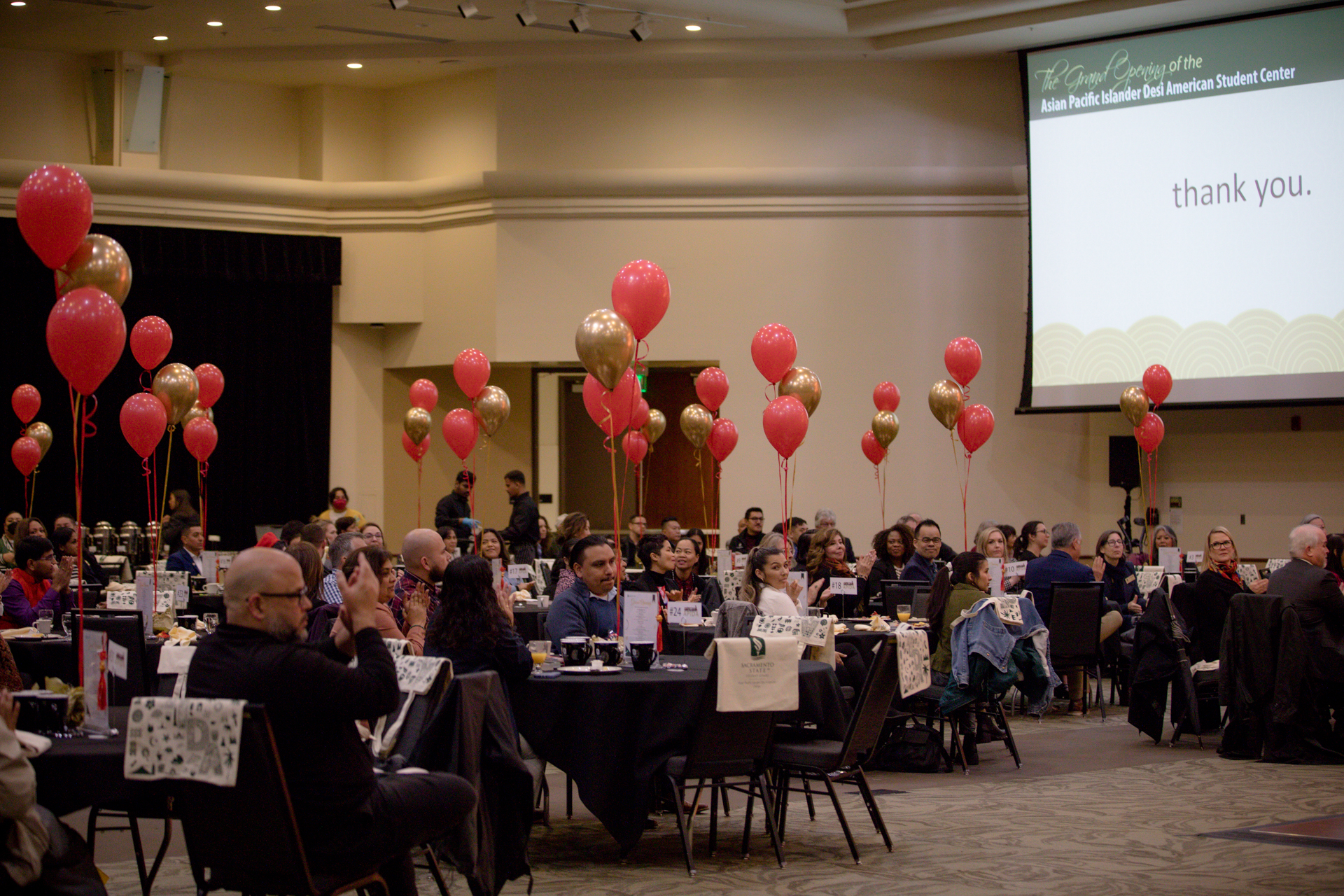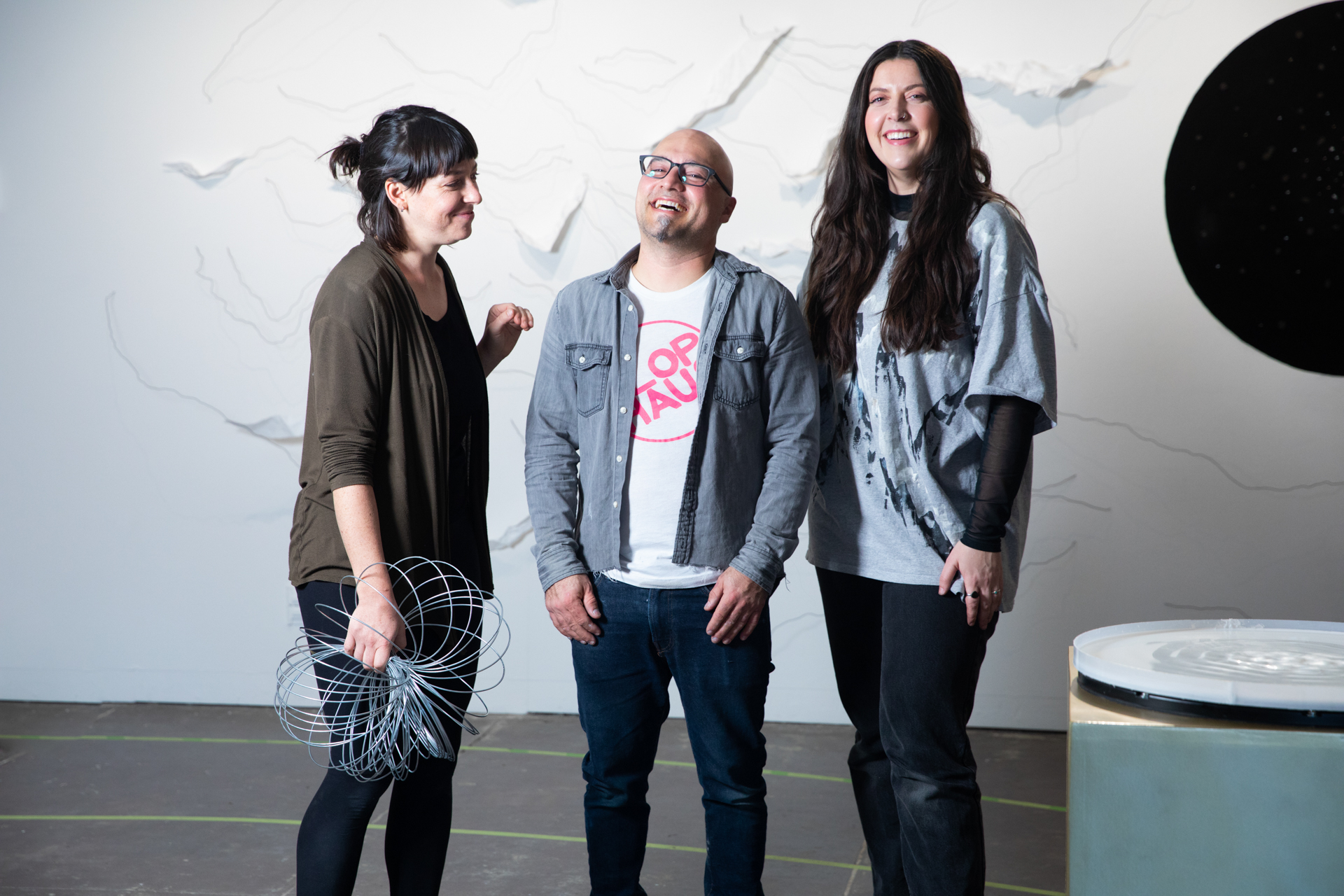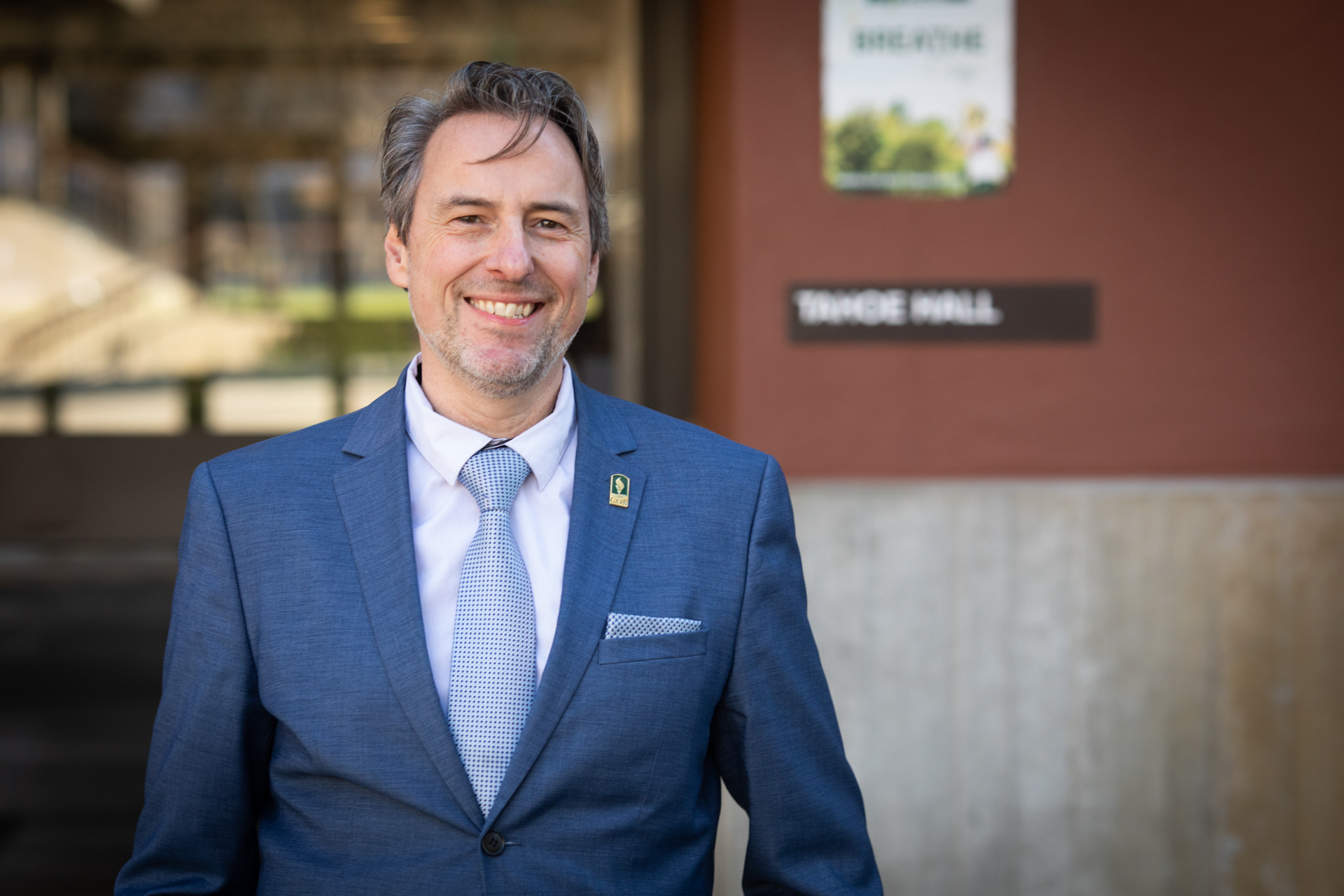Story Content
Professor’s film documenting Antarctic research expedition gets wide streaming release
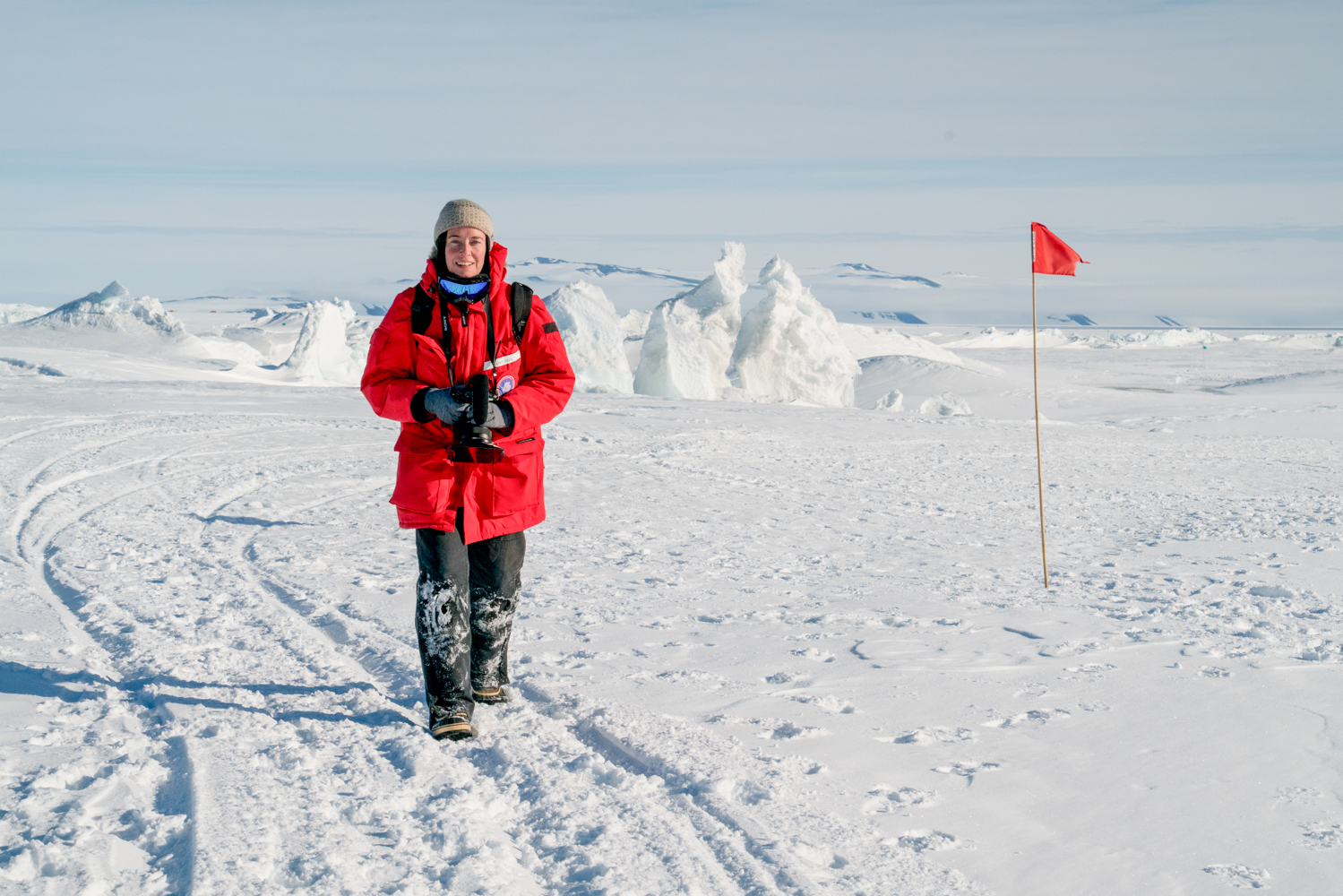
March 02, 2023
Flying to a remote outpost 400 miles from the South Pole, camping on the ice, and making a documentary on the most inhospitable continent on Earth isn’t exactly most filmmakers’ idea of ideal conditions.
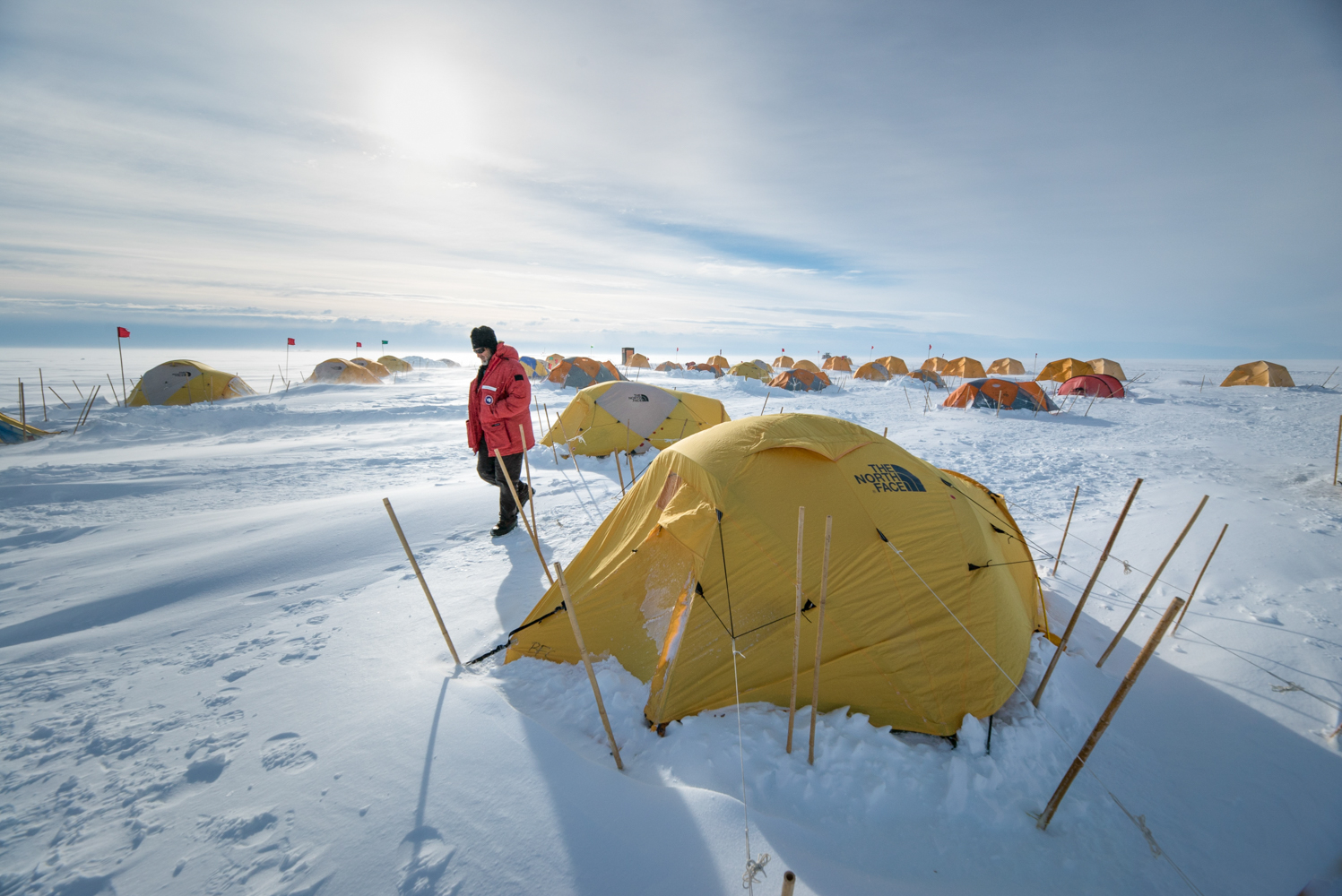
But most filmmakers aren’t Kathy Kasic.
“It's funny, because I actually loved every bit of that,” said Kasic, an associate professor of Communication Studies at Sac State. “Some people would be like, ‘That's my worst nightmare.’ It was like a dream come true.”
The documentary, The Lake at the Bottom of the World, was released Feb. 28 on several major streaming platforms including Amazon Prime, Google Play, iTunes, and Vudu. It depicts a 2018-19 research expedition to explore a lake beneath 3,600 feet of Antarctic ice.
Kasic – who spent six weeks in Antarctica capturing footage, including three weeks at the remote research site – said the goal always has been for the film to reach as many people as possible.
“We really want people to see how science can be done, and to be able to understand the process of science, especially in terms of a large-scale research project like this,” she said. “As a film professor and former biologist, I also hope that it helps inspire students to explore science as a field, or science filmmaking.”
Funded through the National Science Foundation, the Subglacial Antarctic Lakes Scientific Access Project (SALSA) sent a team of 50 scientists, drillers, and support staff to a remote field camp to bore through thousands of feet of ice and collect samples from Mercer Subglacial Lake.
The research has profound implications for understanding how life developed on earth, how it can potentially exist in extreme environments on other planets, and the impact of climate change.
Kasic set out to not just explore and explain scientific concepts, but to tell “a story that really dives into the characters of the scientists and shows the poetry of the landscape, as well as hitting some really hardcore science.”
“The film itself shows a kind of co-creation between me and the scientists, that we did this together. The film wouldn't exist without them.” -- Kathy Kasic, associate professor of Communication Studies at Sac State
She describes her style of filmmaking as “sensory verité,” a mashup of three other storytelling styles: sensory ethnography, sensory biophilia, and cinema verité. The first two use sensory experiences – sight and sound, for example – to embed the audience within a group of people or an ecosystem. The third emphasizes people in everyday situations, with authentic dialogue and actions.
“The film itself shows a kind of co-creation between me and the scientists, that we did this together,” Kasic said. “The film wouldn't exist without them.”
Throughout The Lake at the Bottom of the World, Kasic blends the grand, the gritty, and the intimate. In the film’s opening moments, wind whips as a drone-mounted camera pans over a desolate and icy landscape. Heavy scientific equipment clinks and clangs as a massive hauler-on-skis pulls it across the frame. A radio plays music as the driver, seen in close-up, makes his way toward the campsite.
Alongside expository interviews with the scientists or the camera’s claustrophobic descent into the ice, the film also includes smaller, intimate moments, such as a surprise birthday party and a Christmas carol sung, via radio, to everyone else stationed on the continent on Dec. 25.
The result is an enlightening science lesson that creates an emotional connection with the scientists, while giving viewers the feeling that they also are right there on the ice.
“When you want people to be excited through film about science, if you only focus on the intellectual curiosity, then you lose people's emotional engagement,” Kasic said, “unless they're already emotionally engaged in it, and that means they're already a scientist.
“If you likewise only focus on people's emotion and the drama of things, then you never really get to a deeper level of understanding.”
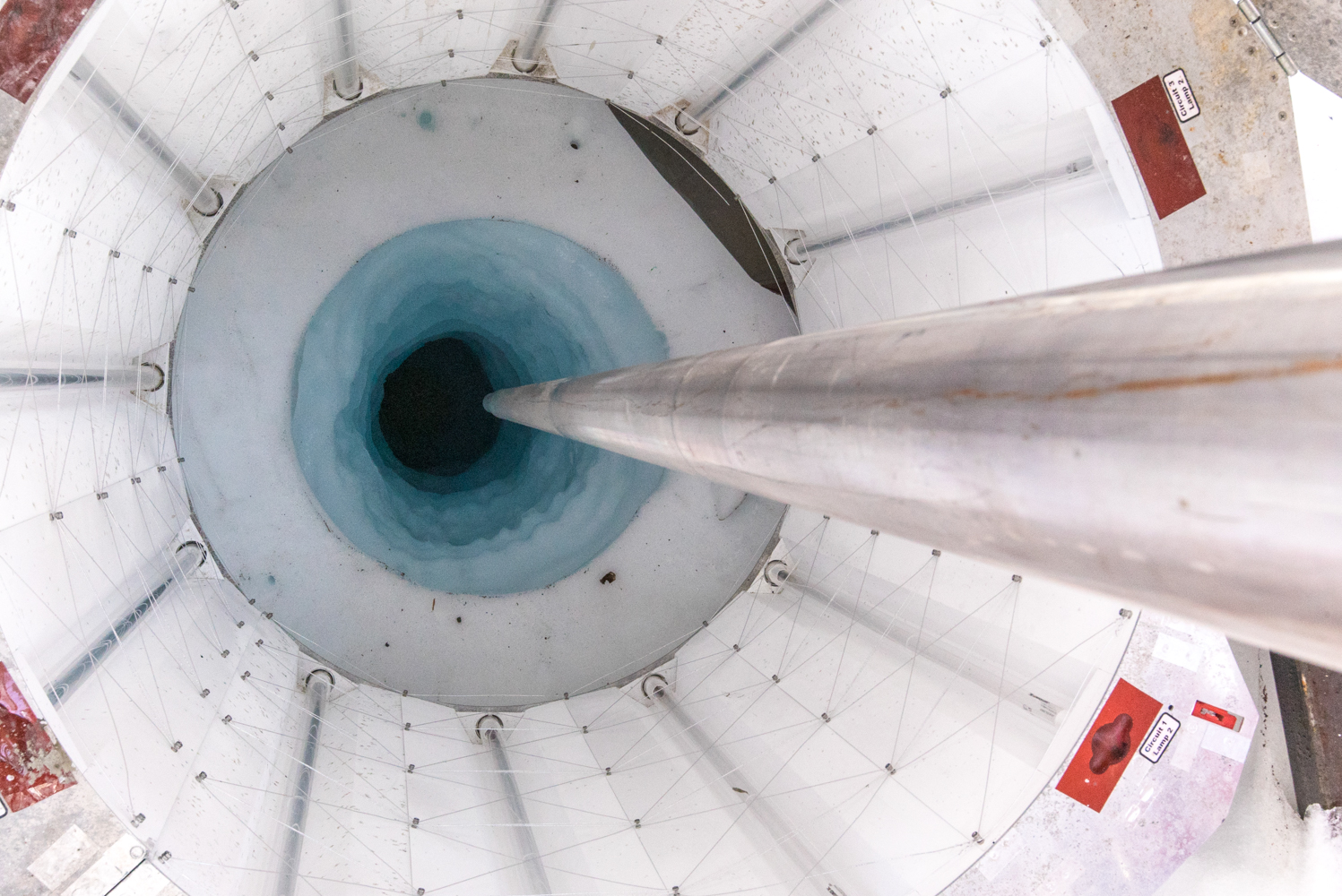
Once Kasic returned from Antarctica, the work of building a compelling narrative out of hundreds of hours of footage began. She enlisted then-Sac State Film students Patrick McGill and Molli Fagan to assist with film editing and publicity, respectively.
McGill spent 120 hours during his final semester at Sac State, Spring 2018, watching everything Kasic and her crew had captured during the expedition and categorizing it: Who was in the shot? What type of equipment was used? Was there something of value in candid or humorous moments?
The experience left McGill feeling as if he knew the researchers personally, even though he had never met them. It has also been helpful in his career.
“Every time I landed a new job in media, thankfully this documentary on my resume really stood out,” he said.
Fagan was brought onto the project just after she graduated in May 2021. She helped build the film’s website, create movie posters, and arrange festival screenings. It was her first job in film after graduation, one she credits with kick-starting her own career in documentary filmmaking.
“I worked with all of these people through Zoom, because it was during COVID, and we all lived in different locations,” Fagan said. “But that was also a really cool experience, getting to meet these different people that worked on different parts of the project.
“I worked really closely with the director, the editor, and the producer of the film, and so it was cool to get to see how my role fit in or partnered with their specific roles.”
That spirit of camaraderie is what Kasic – who, not having had her fill of sub-freezing temperatures, spent last summer camping on ice in Greenland for a film about algae – ultimately hopes viewers take away from The Lake at the Bottom of the World.
“Just to get a few answers, it can take a lot of effort and a lot of collaboration,” she said. “It’s not really about the individual anymore. It really is about all of us coming together to try and figure out how we’re going to move into the future.”
Watch the trailer for The Lake at the Bottom of the World.
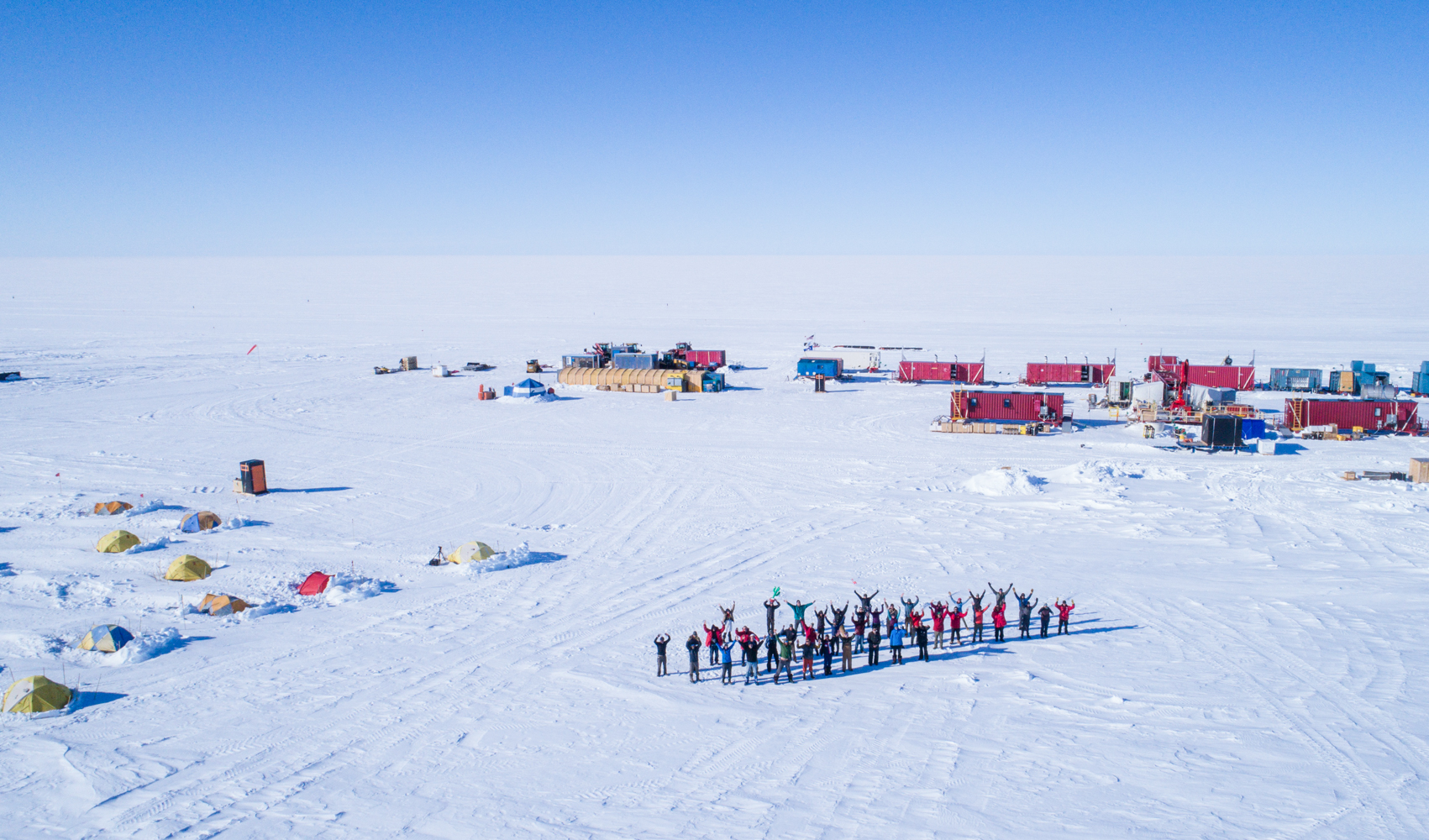
Media Resources
Faculty/Staff Resources
Looking for a Faculty Expert?
Contact University Communications
(916) 217-8366
communications@csus.edu
